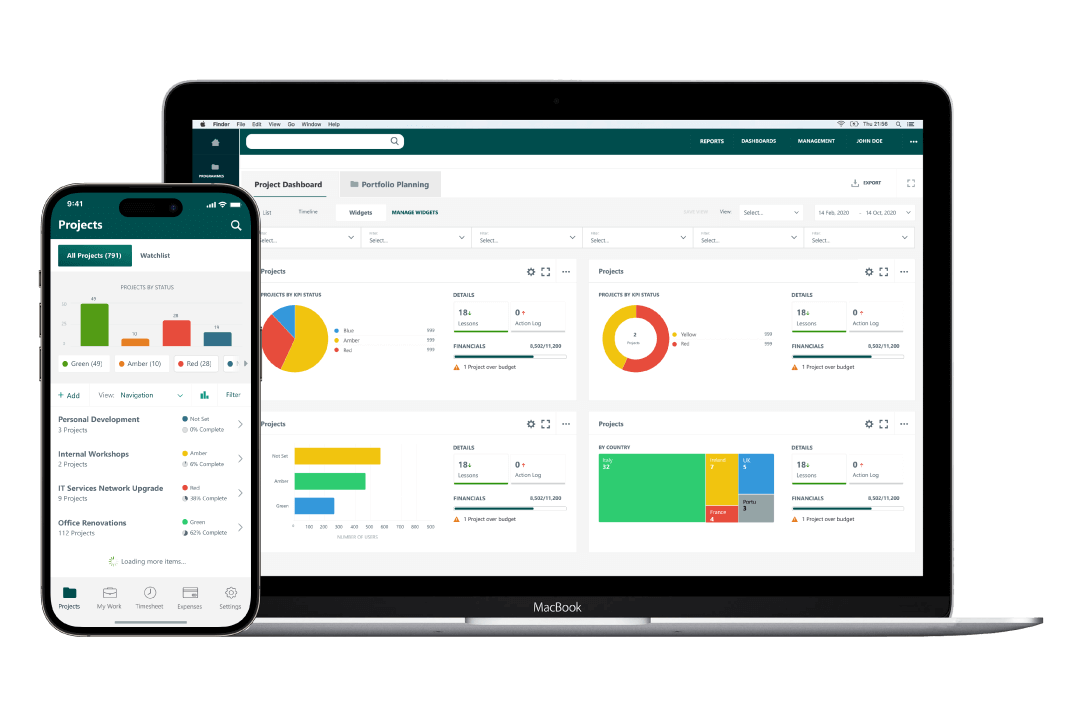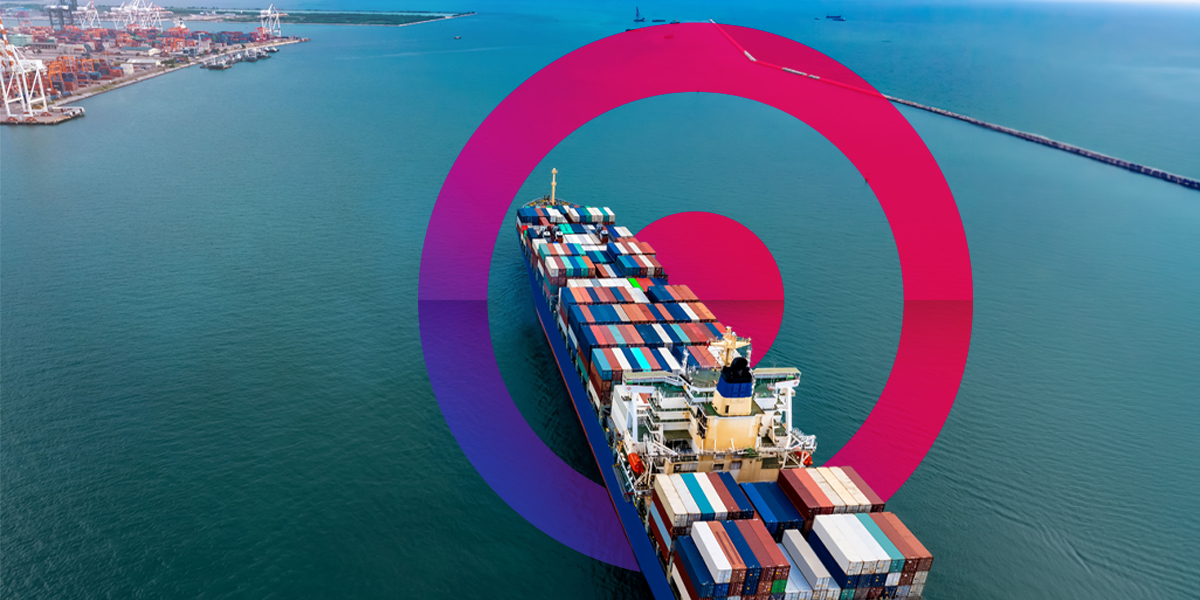Benefits of Cora’s Supply Chain Management
Generate Integrated Schedule
Generate an integrated schedule using Cora’s Supply Chain Sync with Schedule, which links with your ERP system to pull delivery dates and generate a bill of materials (BOM) for projects, enabling you to link parts and materials to specific projects, tasks or milestones.
Anticipate Delays and Reduce Costs
Get immediate notifications when anything is delayed, which automatically trigger prompts so that actions can be taken to avoid further delays and minimize unnecessary costs.
Deploy Resources More Effectively
Make more effective use of your organization’s resources, using the BOM functionality to locate parts and materials that sit unused elsewhere in the organization, to replace the ones that have been delayed elsewhere.
View Everything Graphically
View everything on interactive dashboards using intuitive graphs and Gantt charts which are dynamically updated, and can be rolled up to project, program or portfolio level, giving your senior management team insight into project and portfolio progress.
Immediate Access to Reliable Audit Trail
Have a reliable audit trail for all the data and documents your parts and materials produce as they move through your supply chain, giving you a precise record of everything that’s happened which you can immediately produce whenever needed.
Digitize Data and Centralize Documents
Digitize all your data and centralize all your documents so everything is kept permanently up to date, in real time, enabling you to precisely track any changes to costs and schedule as they happen.
Watch This Video
See how Northrop Grumman increased the value their projects generate once they installed Cora PPM.
Track the Progress of All Your Parts, Materials and Fixed Assets
Precisely track the progress of all your parts, materials and fixed assets as they move through your supply chain in real time, so that you learn immediately of any delays and can take swift remedial action.

Curious to See How Cora Works?

Our Latest Insights
Supply Chain Management FAQs
What is Supply Chain Management?
Supply Chain Management is the process for ensuring that all your people, all your parts and materials, and all your systems and process are all working together as efficiently as possible.
What features does Cora have to improve supply chain management?
Cora enables you to generate an integrated schedule using Cora’s Supply Chain Sync with Schedule, which links with your ERP system to pull delivery dates and generate a bill of materials (BOM) for projects, linking parts and materials to specific projects, tasks or milestones.
It ensures you get immediate notifications when anything is delayed, which automatically trigger prompts so that actions can be taken to avoid further delays and minimize unnecessary costs.
And it provides you with the tools to make more effective use of your organization’s resources, using the BOM functionality to locate parts and materials that sit unused elsewhere in the organization, enabling you to replace the ones that have been delayed elsewhere.
What are the benefits of using Cora project management software?
Cora project management software digitizes all your data and documents and brings them all together into the one, central hub.
It streamlines all your processes and systems so that everyone works in the same, standardized way. Your teams, business units and departments all work towards the same strategic objectives instead of working in siloes.
And it provides you with both granular visibility into each individual project, and with that 30,000 foot bird’s-eye view of your portfolio as a whole.
Can Cora be integrated with existing platforms and software solutions?
Crucially, Cora can be seamlessly integrated with any existing processes, platforms or software solutions.
With the result that whatever systems you currently employ, around for instance financials, resourcing or risk management, will all now be coordinated and organized using the one system. Making you the control tower, in charge of orchestrating each of the elements in your projects, programs and portfolio.
Will we get buy-in from our employees once we install Cora?
Cora has been designed and built as a no code low code platform to ensure immediate buy-in from all your employees. This means that it gets configured twice.
First, we take the out-of-the-box Cora and configure it for you so that it does exactly what you need it to.
Then, once you ‘go live’, the users that you’ve given access to will quickly and easily configure it for themselves, by taking the wide range of templates that are available to them, and dragging and dropping whichever features and elements they require for that particular functionality.






